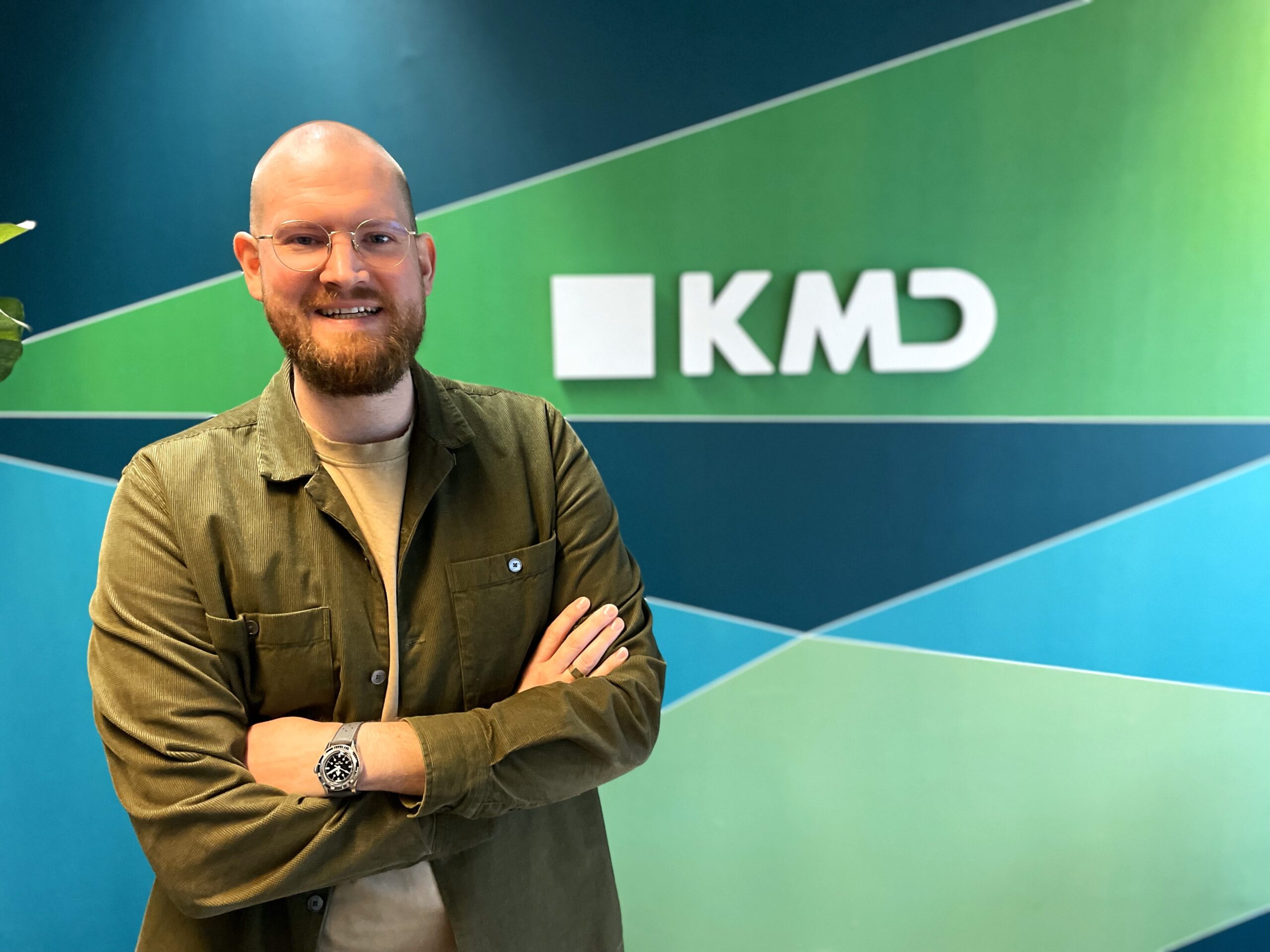DOLL’s new digital twin provides predictive power to decision-makers
DOLL’s partner KMD is expanding the physical test-environment in Albertslund into a virtual test-platform and thereby providing a digital model of the living lab that realistically reacts to any input, which can then be acted upon at street-level or in a building, for example. The digital twin is set to bring valuable insights to our partners about their own products and services – and the future of smart cities and communities.

Mads Bonne, head of innovation strategy at KMD.
The physical environment has many obvious advantages as a living lab, the main one being that we humans live in it and therefore are directly affected by any changes to it and can provide feedback. But as changes in the real world tend to be restricted to real-time, it also limits the predictive possibilities in simulating so-called what-if scenarios. By creating a digital replica of the real environment, whether an industrial park like DOLL Living Lab, or an individual building, and feeding it with relevant data in real-time, the ‘twin’ can be used as a virtual model to simulate key scenarios that can support the decision-making process for urban planners and building operators. “Utilizing a digital twin opens up new opportunities for testing a combination of multiple cases, such as air sensors, intelligent lighting, and traffic counting. This approach not only broadens the scope of potential applications but also enhances the depth and quality of insights derived from examining scenarios across multiple cases,” says Mads Bonne, head of innovation strategy at KMD. The cutting-edge development is the natural evolution of DOLL’s living lab, which launched 10 years ago this year, and thanks to visionary partners can stay abreast of the ongoing technological revolution. Behind the creation of DOLL’s digital twin lies the complex work to quality-check, standardise and contextualise all data input in compliance with the EU’s latest framework for digital services. “The digital twin platform aligns perfectly with DOLL and their extensive network of hardware partners, which facilitates the creation of intelligent services and the development of new solutions. It enables the transition of testing from a closed environment to a local one, offering municipalities the opportunity to connect to the platform and trial a solution before implementing it locally. Essentially, it broadens the scope of the physical testing environment”. When working in such a complex data landscape it’s essential for establish a smooth collaborative system by implementing mechanisms that ensures a minimal interoperability – or MIMs in EU lingo. These standards help different systems work together seamlessly. On a European level, The Open & Agile Smart Cities (OASC) oversees the development of the MIMs. They’ve already finished some of these mechanisms, but plan to create more to ensure future-proofing for compliant digital twins. KMD’s platform is designed to incorporate a visualization layer, but it doesn’t necessarily have to be a 3D-representation of the physical space. For KMD it’s crucial to consider the end user, the human element, and sometimes it might be more effective to simply send a direct SMS to the employee who will be acting upon the recommendation by the AI-program, somewhere around the city, in a public street or perhaps a municipal building. The platform, called Data Context Manager is a flexible open-source platform that enables municipalities and other organizations to gather all their IoT data in one ecosystem and create insights across all their data.For more info about our partner cases please contact:
Clara Hvidt Røder
Project manager clara.roeder@webuilddenmark.dk +45 25 53 55 43